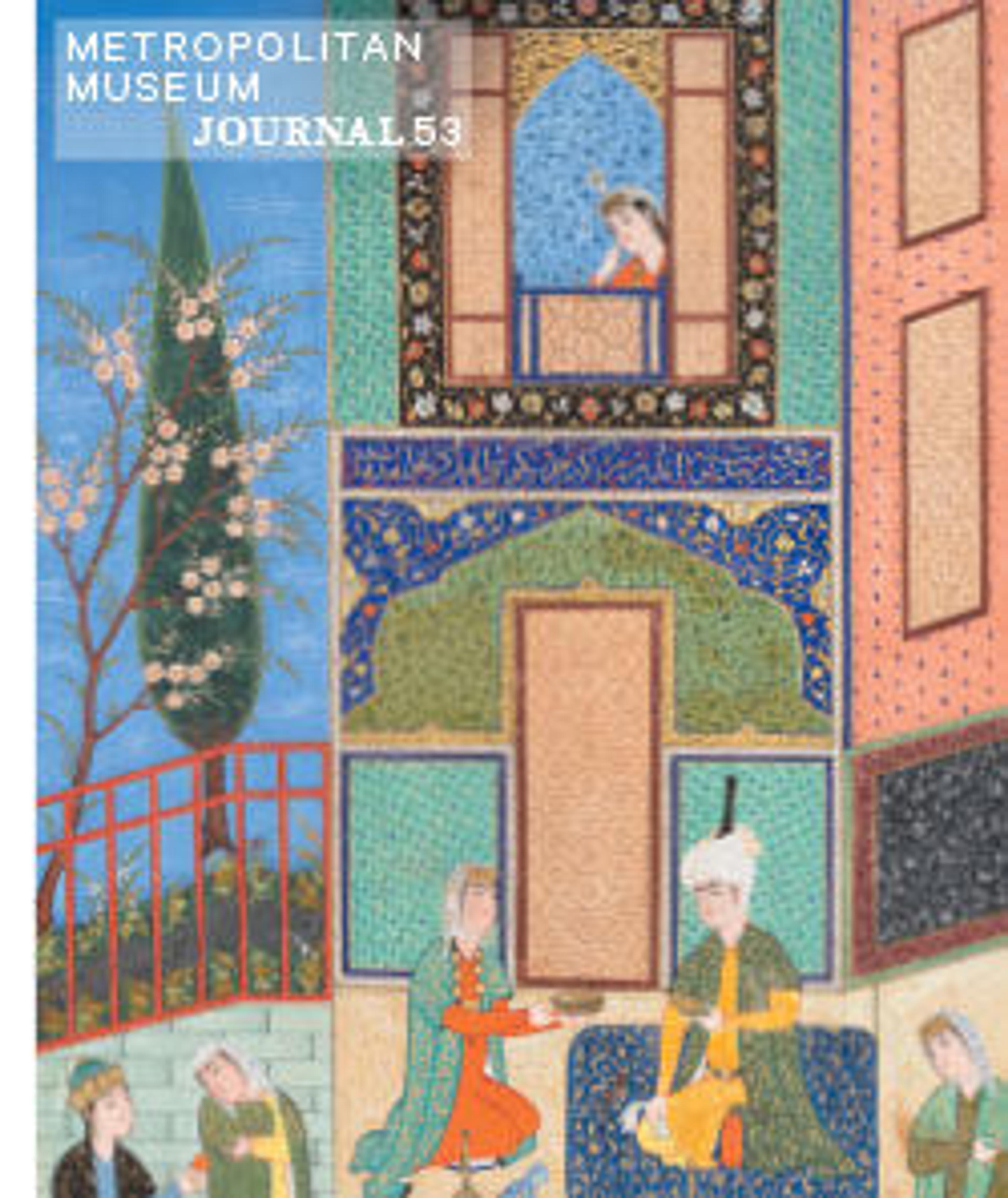"The Assassination of Khusrau Parviz", Folio 742v from the Shahnama (Book of Kings) of Shah Tahmasp
After many years of honest rule, Khusrau Parviz became unjust and his chiefs plotted to overthrow him. The conspirators placed his eldest son, Shuriya, on the throne and imprisoned Khusrau with his beloved Shirin. However, the power of the deposed shah was still feared and Shuriya’s advisors pressed him to order his father’s assassination. A foulsmelling killer was found and soon he entered Khusrau’s chamber and stabbed him through the heart. This work is one of the few by the young artist 'Abd al-Samad, who left for India in the 1540s and was instrumental in founding the Mughal school of painting.
Artwork Details
- Title:"The Assassination of Khusrau Parviz", Folio 742v from the Shahnama (Book of Kings) of Shah Tahmasp
- Author:Abu'l Qasim Firdausi (Iranian, Paj ca. 940/41–1020 Tus)
- Artist:Painting attributed to 'Abd al-Samad (Iranian, Shiraz ca. 1505/15–ca. 1600)
- Date:ca. 1535
- Geography:Made in Iran, Tabriz
- Medium:Opaque watercolor, ink, silver, and gold on paper
- Dimensions:Painting:
H. 11 3/16 in. (28.4 cm)
W. 10 3/4 in. (27.3 cm)
Page:
H. 18 1/2 in. (47 cm)
W.12 1/2 in. (31.8 cm)
Mat:
H. 22 in. (55.9 cm)
W. 16 in. (40.6 cm)
Frame:
H. 23 in. (58.4 cm)
W. 17 in. (43.2 cm) - Classification:Codices
- Credit Line:Gift of Arthur A. Houghton Jr., 1970
- Object Number:1970.301.75
- Curatorial Department: Islamic Art
More Artwork
Research Resources
The Met provides unparalleled resources for research and welcomes an international community of students and scholars. The Met's Open Access API is where creators and researchers can connect to the The Met collection. Open Access data and public domain images are available for unrestricted commercial and noncommercial use without permission or fee.
To request images under copyright and other restrictions, please use this Image Request form.
Feedback
We continue to research and examine historical and cultural context for objects in The Met collection. If you have comments or questions about this object record, please contact us using the form below. The Museum looks forward to receiving your comments.
